What is rice
We consider the most
common types and varieties
There are several
classifications of rice that describe this grain in every detail. Rice is
distinguished by its length and shape (round-grain, medium-grain, long-grain),
by the method of pretreatment (unpolished - brown, polished - white, steamed),
by the consistency of the kernel (flour, vitreous, semi-glass), by cultivation
(wild, which is not rice at all, but a relative of it, and rice is grown all
over the world).
There are about 10,000
species of rice. The same variety can be processed in several different ways,
which will change its appearance and characteristics. As well as the name was
given by the manufacturer.
When compiling the guide, we did not start from specific varieties and types of rice, but from what can be found on store shelves. So, in our selection, for example, arborio (a certain type of rice), devzira (which can be different types), and brown rice (processing method) coexist.
Krasnodar rice
Krasnodar is not a
variety, but many varieties named after the place of origin and cultivation.
Rice has been cultivated in the Kuban region since the 1920s, and local
producers now produce about 80% of Russian rice. It is customary to say about
this rice in the far north of the world.
In the minds of
consumers, “Krasnodarsky” is usually called round grain rice, but there is also
medium-grain rice on the package with the same name. 99% of Krasnodar rice is
polished grain.
Krasnodar varieties -
most often 4-5 mm grain and about 2-3 mm long. It is semi-glass, but less often
- due to the abundance of starch. During cooking, starch actively absorbs
moisture, and rice boils quickly and very well, so wonderful sweets,
casseroles, and cereals are obtained from Krasnodar. Since it is so sticky, it
can be used as a budget alternative to the rice used in Japanese dishes.
Kuban rice
Like Krasnodarsky. The general name of the local varieties that grow in the Kuban.
Therefore, if the word
“Kuban” is written on the label, and the external parameters of the grains -
length, width and transparency - are not enough for you, look for the name of
the variety. If rice is produced in accordance with GOST or TU, then the
variety must be described. True, few people know about the Krasnodar varieties,
so you will have to read more about them.
Most often, people
under the name "Kubansky" mean crushed rice with round grains, which
is suitable for milk porridge and desserts.
Devra
Cedar comes from the
Ferghana Valley - a mountain depression located in the territories of
Uzbekistan, Kyrgyzstan and Tajikistan. The name unites varieties of
medium-grain and long-grain rice: some have a pearly straw color, others are
pinkish-red, and some have a shiny brown or black stripe on the side.
Subspecies of devzira include chungara, karakoltak, and dastarsaryk rice.
The rice is covered
with a distinctive powder that looks like sand. Devziru is peeled, but not
polished, hence the powder - it's the crushed upper shell of the grain and
seed. Sellers often speculate about this, claiming that thanks to this
technology, devzira is more useful than other types of rice. Officially, yes.
dry. Indeed, before cooking, the rice is washed, the powder is removed, and
with it all the useful things that it contains. But this does not make Devziru
less tasty. And by the way, the taste of this rice is specific - sweet, with a
little malt.
Since devzira is
unpolished, the surface of the grain is uneven and ribbed.
This rice is
fermented. Before peeling, they are kept in granaries, and then successively
moistened and dried, which finally gives the grains their density. The process
takes from one to three years: of course, the more time the rice is fermented,
the more expensive it will be.
Devzira is common and
expensive rice that is often counterfeited by smearing plain white rice with brick
dust. It is easy to check whether the fake is in front of you or not. Because
of its high density, Divzira grain is heavier than any other rice. A handful of
devzira weighs more than the same amount of jasmine, for example.
Devzira absorbs a lot
of liquid and fat, along with spices and seasonings - at the same time, due to
the density of the grain, it keeps its shape well after heat treatment. Crunchy
and very aromatic pilaf is obtained from it. It is not for nothing that Divzira
is considered the canonical rice of a variety of pilafs.
Before cooking, this
rice must be washed, and after this process, it will become lighter and acquire
an amber color.
Jasmine
Aromatic long-grain
rice is native to Thailand. It belongs to the indica type of rice - crumbly
long-grain rice. Jasmine comes in polished, uncut, and steamed forms.
Its aroma is often
compared to that of jasmine flowers, hence the name. Moreover, this aroma can
be felt even through the packaging. But if the cedar smells not like flowers,
but rather a woody smell, then this means that it was not stored properly, and
it is spoiled. It is believed that rancidity of jasmine almost always occurs
after six months of storage.
Jasmine seeds are
long, thin, smooth and their white is dazzling. There should be no stains on
this rice, and if they are, this may indicate some kind of malfunction that
occurred during the processing of the rice or storage.
The world learned
about jasmine after World War II, when Thai breeders, after years of testing,
decided to release their product. Jasmine is still cultivated only in Thailand,
and the first place of its growth was the sandy soils of the eastern regions of
the country. Unlike many other Asian varieties, such as those grown in India,
jasmine is drought tolerant, which is why it is so easy to grow on small farms.
This made jasmine a national product, and the Thais cook everything with it.
It is customary to
boil jasmine in a small amount of water, or even better - steamed. It is well
washed beforehand. Then the rice comes out very crumbly, almost does not stick
together, and keeps its shape well. In Thailand, it is eaten with everything in
a row, in countries where the choice of rice is richer, jasmine is used to
prepare side dishes, salads, and desserts.
Basmati
Basmati is not a
variety, but a variety of rice. Basmati belongs to the indica group: it is a
long, small and crumbly grain. Most of the basmati rice found in Europe is
native to India.
Basmati has a high
aroma. Therefore, sometimes confusion arises, and other aromatic varieties with
different parameters are given to basmati. Therefore, when choosing basmati,
for example, in the market, one must understand that this is a combination of
qualities.
Basmati kernels are
cream or semi-cream, translucent and long, as a rule, not less than 7 mm. These
are thin, slightly curved grains, which when cooked bend more without changing
their diameter. easy to digest; During cooking, the rice acquires a
characteristic taste and slight sweetness.
Basmati comes
polished, unpolished, and steamed.
Arborio
Short grain rice is
native to Italy. Rich in starch. For this reason, arborio is the perfect rice
for risotto, and the starch is responsible for its creamy texture. During
cooking, arborio perfectly absorbs all the aromas of neighboring ingredients
and soaks well in the sauce. At the same time, during cooking, arborio does not
crumble but acquires some elasticity. In addition to risotto, it is also used
in soups and rice pudding.
Arborio is largely
transparent rice with a dense kernel clearly visible. It can be peeled, sanded,
and polished. The color of the tree should be even, without inclusions that may
indicate deterioration. Since Arborio absorbs moisture easily, it is best to
store it in a glass container in a dry place. It is advisable not to wash the
tree before cooking in order to preserve the maximum amount of starch in the
rice.
It was brought to
Italy by Asian merchants probably in the 15th century and immediately began to
grow in the Arborio municipality area of Piedmont.
Brown rice
Brown (or brown) rice
is available in a variety of shapes and sizes. For example, the famous Basmati
rice may be brown. The point in the processing: The rice is cleaned off the
hard outer husk, but not milled or polished, so it retains the husk containing
the fibers and germs. Hence the color, ranging from sandy brown to dark brown.
Brown rice is usually
made from the long-grain varieties and used for side dishes, although there are
round-grain and medium-grain varieties.
This rice is digested
worse than white rice, but it has a higher nutritional value since the husk
contains more vitamins, minerals, and fiber than regular white rice. However,
if white rice is steamed, most of the nutrients go from the husk to the grain,
which you compare to brown rice in this indicator. Of course, except for the
fiber story - there is very little of it in white rice for obvious reasons.
On average, brown rice
takes 10 minutes longer to cook than white rice. The husk gives the rice not
only bright color but also a nutmeg flavor.
Wild rice
So long-grained that
it looks hot, black, in places it turns into a burning caramel shade, this
beautiful rice from a biological point of view is not rice at all, but a
relative of it - zizania (or Tsitsania) or watery cedar. Of the four types of
zizania, the beans of two types, Zizania palustris, and Zizana aquatica, are
consumed.
Various producers give
their wild rice - sometimes noodles - names. For example, "Mistral"
calls it aquatic, which roughly corresponds to one of the botanical names. The
homeland of this plant is the Land of Lakes, an area on the border of Canada
and the United States. Wild rice is essentially swamp grass, an annual plant.
The crop is small, harvested mainly by hand, which leads to high prices.
Wild rice is minimally
processed, so it needs extra attention before cooking. So, the grains of wild
rice are quite dense, so before cooking, they should be soaked for at least
30-40 minutes, preferably overnight in cold water. Boil wild rice for a long
time, in plenty of water.
It is important to
understand that not all black rice is wild. In Asia, black rice is grown, which
also belongs to the Tsitsania family. This is broadleaf titania, its beans are
round and tasteless when cooked, and these beans are grown primarily for the
leek-like stems. Rice is a cheap by-product.
Wild rice is a good
side dish. It has a nutty taste and a rather dense texture; It is difficult to
boil it in porridge. Often, wild rice is mixed with ordinary white rice, which
makes the side dish more interesting and attractive, and secondly, justifies
the high price of the product.
Camolino
Medium grain cedar
with pearly to amber undertones and a bright, slightly nutty aroma.
Medium-grain rare rice that behaves like long-grain when cooked and is often
crumbly and slightly sticky at the same time.
Such average
indicators make camolino universal - it is also good to prepare side dishes and
fillings for pies, add them to salads, pour sauce, and cook pilaf from them.
Sometimes camolino is
also called Egyptian rice because of its origin - it grows along the banks of
the Nile.
Carnaroli
Medium grain rice is
grown in the Italian province of Vercelli. A large, beautifully elongated bean
with a starch core. The color of the rice should be even, the surface without
chips and cracks, otherwise starch will immediately appear on the outside. This
is the kind of creamy rice you need for risotto, rice pudding, and baby food.
If you compare it to
Arborio, then the carnaroli bean will be denser, larger, and starchy. Due to
the abundance of starch, the volume of the carnaroli increases significantly
during cooking - by about four times - while maintaining the density of the
pulp. For the same reason, carnaroli is considered one of the most nutritious
types of rice.
Carnaroli can be
boiled or steamed. But they should be consumed hot, while cold cereals,
enclosed in a starchy veil, will quickly stick together.
Of the most expensive
varieties of rice, it was obtained by Italian breeder Ettore de Vecchi in 1945
by crossbreeding Japanese rice and Vialone Nero. At the same time, rice was
named after another Italian - a man named Carnaroli, who supplied water to the
rice fields and was very concerned about the business of Di Fica.
Red rice
The rice husk acquires
a red color due to natural plant pigments - anthocyanins. If you break the
rice, the inside will turn white. Anthocyanins have the ability to bind free
radicals, that is, they are antioxidants. Some spoil when the rice is cooked,
and the water turns red.
As in the case of
brown rice, since the grain is unpolished, the rice retains a large amount of
nutrients and fiber.
Various varieties can
be red, most of them are long-grained. Red rice is grown all over the world. In
Russia, in the Krasnodar Territory, the Rubin variety is grown. Devzira is also
referred to as the red varieties.
As a rule, red rice is
very crumbly, which makes it an excellent side dish. Heat treatment does not
affect the color of the rice.
Camarge
Long grain red rice
grown in France in the Camargue Provencal swamps. Rice has been grown there
since the thirteenth century. Rice grown on the shores of swamps has a rich
red-brown color, a nutty flavor, and a dense texture, so it needs to cook
longer than white rice - about 45 minutes.
Rice for sushi
Varieties of sushi
rice are united by one idea: they are small in size, with round and sticky
grains. At the same time, the rice keeps its shape well and does not boil.
Therefore, sushi rice belongs to the medium amylose varieties. Amylose is part
of the starch and is responsible for sticking. If there is too much of it, the
rice will not stick together (these varieties are good for risotto). Little -
on the contrary, it will become very sticky (which is what happens with sticky
rice). Sushi needs a middle ground. Remember, sushi is based on a pressed rice
cake, not snotty porridge.
There are many types
of this rice. Often, manufacturers do not bother with the inclusion, succinctly
indicating on the package that this is sushi rice. In this case, the varieties
can be Japanese, Russian or, for example, Italian.
Bobma
Beautiful round rice
with a uniform pearly white color, originally from Spain, grown in the Valencia
region. The bomb's source is believed to be a type of Indian rice brought to
the Iberian Peninsula via the Middle East.
It absorbs liquid 3
times more than its own weight. At the same time, after cooking, it remains
crumbly, which is usually unusual for round grain rice. This is the uniqueness
of the type of bomb. Therefore, such rice makes a good porridge - and, of
course, it is used in paella, the national Spanish dish. Suitable for pilaf.
Varieties are similar
in meaning: Valencia and Calspar.
Glutinous rice
G lutinous, sticky,
waxy - these are all the names of one of the varieties of rice grown in
Southeast Asia that are distinguished by increased viscosity. As a rule, these
are medium-grained varieties. Despite the name, glutinous rice has nothing to
do with gluten (by definition, rice does not contain it). It has white, opaque,
oblong, even granules.
The starch in this
rice has a special structure: it contains little amylose, but a lot of
amylopectins. Both substances - polysaccharides belonging to starch, which are
amylopectin but are responsible for the viscous texture. To prevent sticking
from ending up in foul mucus, this rice is steamed. If you boil it in water,
the grains will boil and become covered with a sticky mass. Before cooking, the
rice must be washed and soaked in cold water for 5 hours.
It is widely used in
Southeast Asian kitchens. Each country uses its own varieties. In addition to
adding it directly to dishes, flour is made from it, and rice dough, in turn,
is made from flour. Also, this rice is often used in desserts, so it is often
called sweet. On its basis, for example, they make Vietnamese banyong dumplings,
Thai mango sticky rice pudding, Chinese fan Ba Bao - sweet steamed rice with
lard, sugar, eight kinds of nuts, and fruits. In Japan, this rice is used to
make flour, which is then used to make urine candy.


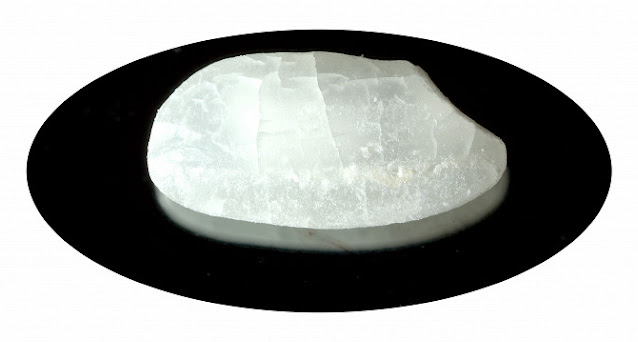
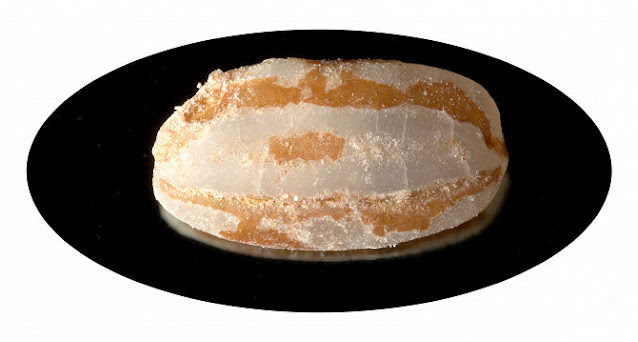
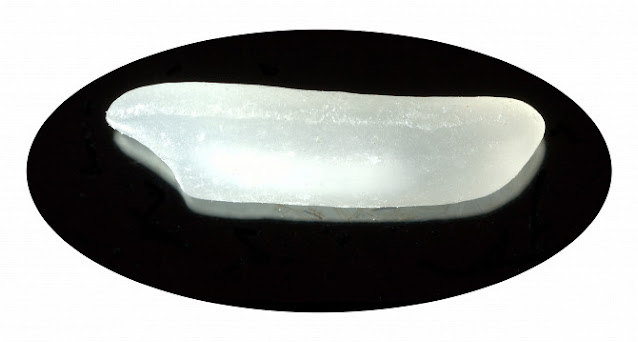

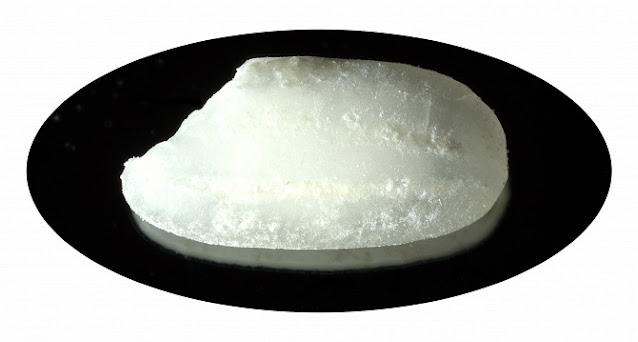

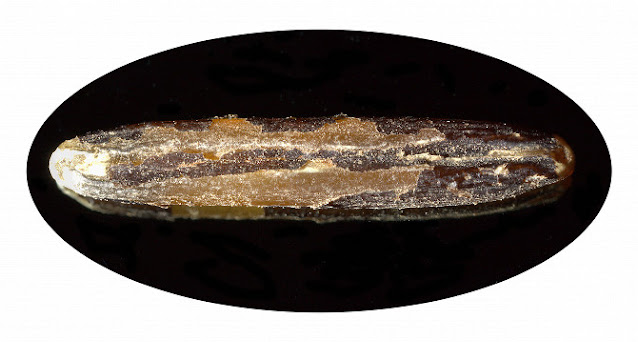
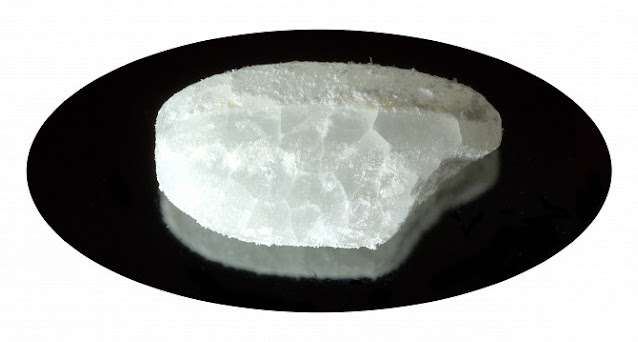


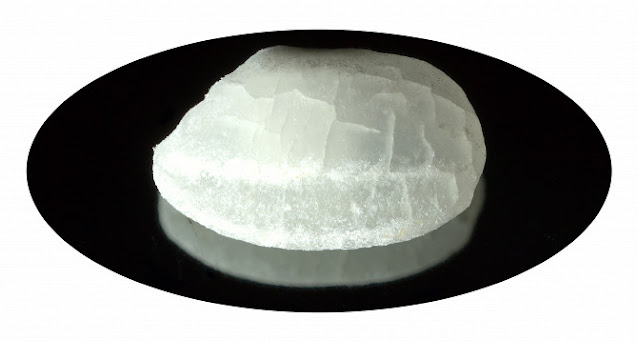

Post a Comment